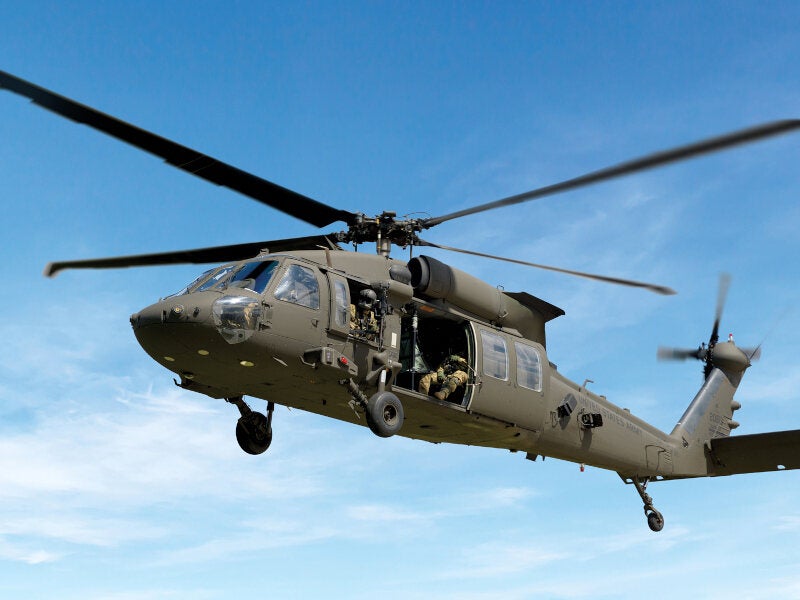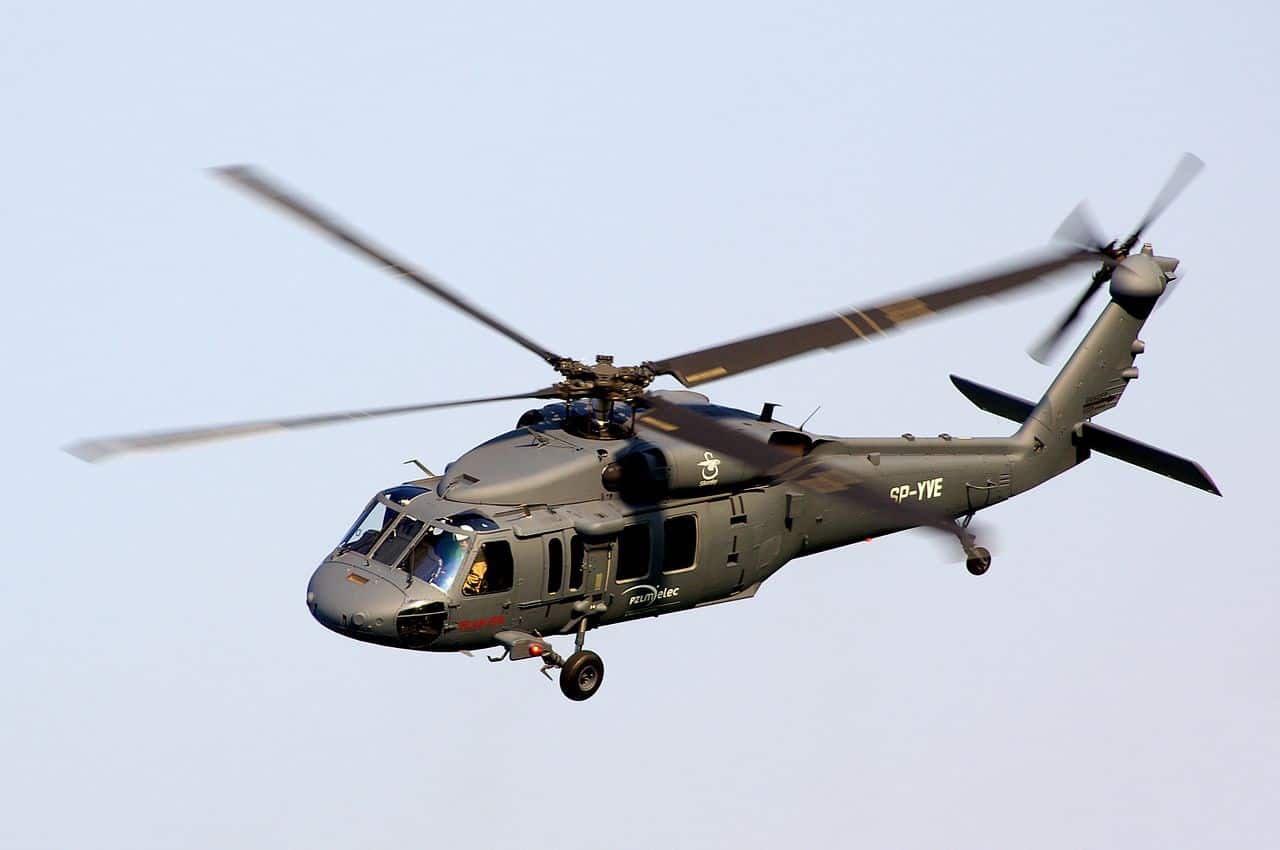Unveiling the Sikorsky S 70: Innovations and Advances in Helicopter Engineering
Unveiling the Sikorsky S 70: Innovations and Advances in Helicopter Engineering
Blog Article
High-Performance Multi-Role Rotorcraft Featuring Advanced Cabin Technologies and Integrated Sensing Unit Equipments
The world of rotorcraft technology has actually seen remarkable advancements in recent times, specifically in the realm of high-performance multi-role rotorcraft equipped with innovative cabin innovations and perfectly incorporated sensor systems. In the following conversation, we will certainly check out the development of rotorcraft technology, dive into the world of advanced cabin developments, and analyze the ramifications of integrated sensor systems on the operational adaptability and performance of modern-day rotorcraft.
Development of Rotorcraft Innovation
The development of rotorcraft technology has been marked by considerable advancements in aerodynamics, materials, and propulsion systems, forming the capabilities and efficiency of modern rotorcraft. Wind resistant enhancements have actually improved the effectiveness and maneuverability of rotorcraft, enabling for increased speed, dexterity, and security during flight (sikorsky s 70). Technologies in products, such as using composite materials and progressed alloys, have actually brought about lighter yet more powerful rotorcraft structures, improving overall efficiency and resilience. In addition, advancements in propulsion systems, including more powerful engines and innovative propulsion innovations, have made it possible for rotorcraft to accomplish greater altitudes, faster rates, and better hauls.
These improvements have not only transformed the abilities of rotorcraft but have likewise expanded their applications across various sectors, consisting of military, industrial, and emergency solutions. The continuous development of rotorcraft innovation remains to drive innovation in the field, pushing the borders of what is feasible and forming the future of vertical trip.
Advanced Cabin Innovations
Structure upon the foundational developments in the rules of aerodynamics, materials, and propulsion systems, the world of rotorcraft technology now moves emphasis towards introducing Advanced Cabin Innovations. The assimilation of sophisticated innovations within the cabin setting plays a critical duty in enhancing the functional capabilities, safety and security, and effectiveness of contemporary rotorcraft. sikorsky s 70. Advanced Cabin Innovations encompass a large selection of functions developed to supply pilots with boosted situational recognition, streamlined data management, and instinctive control interfaces
Among the vital improvements in cockpit layout is the execution of glass cockpits, which change typical analog determines with high-resolution displays. These electronic systems use adjustable designs, real-time information assimilation, and improved readability, making it possible for pilots to access critical info at a look. Additionally, progressed avionics systems, such as fly-by-wire controls and boosted truth displays, are transforming exactly how pilots interact with the aircraft, permitting exact control and enhanced decision-making abilities.


Integrating sophisticated cockpit innovations not just improves pilot efficiency however likewise adds to total objective performance and security in complex operational settings. By leveraging advanced innovations within the cabin, rotorcraft producers are setting brand-new requirements for functional excellence and mission success.
Integrated Sensor Solutions
With the advancement of rotorcraft modern technology, the integration of sophisticated Integrated Sensing unit Systems has actually ended up being vital in boosting functional performance and safety and security. These Integrated Sensing unit Systems incorporate a wide variety of modern technologies that provide essential data for various features such as navigation, security, targeting, and ecological tracking. By seamlessly integrating sensing units like radars, cameras, lidar, and infrared systems right into rotorcraft, drivers can benefit from boosted situational understanding, improved objective capacities, and decreased pilot workload.
One secret advantage of Integrated Sensor Solutions is their capability to collect real-time data and provide actionable understandings to pilots and goal drivers. For instance, progressed radar systems can identify and track targets over cross countries, permitting very early hazard detection and efficient feedback preparation. In addition, integrating electro-optical and infrared cams makes it possible for rotorcraft to conduct reconnaissance and security objectives with precision and precision.
Fundamentally, the assimilation of innovative sensor technologies right into rotorcraft not just boosts operational effectiveness but additionally contributes dramatically to general mission success and team safety. As rotorcraft remain to advance, the role of Integrated Sensing unit Equipment will certainly stay at the center of advancement in the aerospace market.
Functional Adaptability and Efficiency
Enhancing operational flexibility and performance in rotorcraft is a natural development from the assimilation of sophisticated Integrated Sensing unit Equipments. By leveraging the understandings and data offered by these sophisticated sensor systems, rotorcraft can enhance their efficiency throughout numerous missions and settings.
Operational versatility includes the capability of rotorcraft to adjust to various functions and situations effectively. With advanced cockpit modern technologies and integrated sensing unit systems, rotorcraft can perfectly shift between jobs such as search and rescue, clinical evacuation, monitoring, and more. This versatility enhances the rotorcraft's capability to satisfy varied operational needs without needing substantial reconfiguration.
Effectiveness in rotorcraft operations is essential for taking full advantage of objective efficiency and resource utilization. Integrated sensing unit systems play a crucial duty in enhancing functional performance by offering real-time data on weather, terrain mapping, target tracking, and much more. This data makes it possible for pilots to make enlightened decisions swiftly, optimize flight courses, helpful site save fuel, and enhance general goal productivity.
Effect On Modern Aviation Procedures

Furthermore, the integration of sophisticated sensors helps with improved goal planning and execution, enabling rotorcraft to perform a variety of jobs with the original source improved precision. From search and rescue procedures to aerial firefighting and police missions, the capacities of modern rotorcraft outfitted with innovative cockpit technologies and integrated sensing unit systems are unrivaled.
In addition, the impact of these innovations expands beyond functional effectiveness to cost-effectiveness and sustainability. By maximizing trip courses, gas usage, and maintenance routines, high-performance rotorcraft furnished with advanced cockpit technologies and sensors add to decreasing functional prices and ecological impact, making them vital assets in contemporary aeronautics operations.
Conclusion
Finally, the high-performance multi-role rotorcraft with innovative cockpit modern technologies and incorporated sensing unit systems represents a significant advancement in air travel innovation. These technologies boost functional convenience and performance, eventually influencing contemporary aeronautics procedures in a positive means. The combination of these advanced modern technologies enables improved abilities and efficiency in different goal scenarios, showcasing the proceeded improvement of rotorcraft technology in the aviation industry.
The world of rotorcraft technology has seen noteworthy developments in current times, particularly in the world this hyperlink of high-performance multi-role rotorcraft equipped with innovative cockpit modern technologies and seamlessly incorporated sensing unit systems. From enhanced goal adaptability to boosted functional performance, the merging of innovative cockpit innovations and incorporated sensing unit systems has actually ushered in a brand-new period of possibilities for rotorcraft applications. In the complying with conversation, we will explore the evolution of rotorcraft technology, dive into the realm of sophisticated cockpit advancements, and check out the effects of incorporated sensing unit systems on the functional versatility and performance of contemporary rotorcraft.

Report this page